The transom U-bolts, wheel, and foredeck fittings added to the vintage look of the 10' runabout. Important safety equipment includes a respirator to scrub vapors and fumes and goggles or glasses with Shade 3 lenses for protection from infra-red radiation.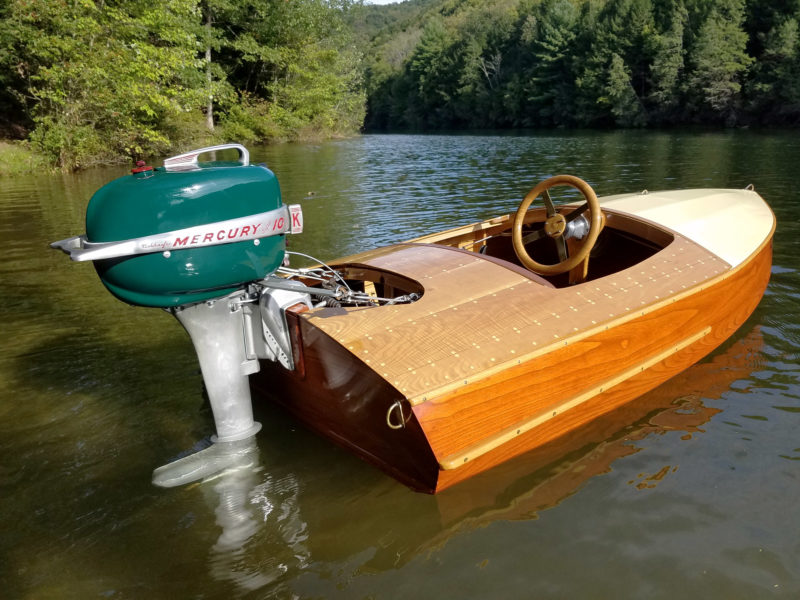 photographs by Mark Kaufman
photographs by Mark Kaufman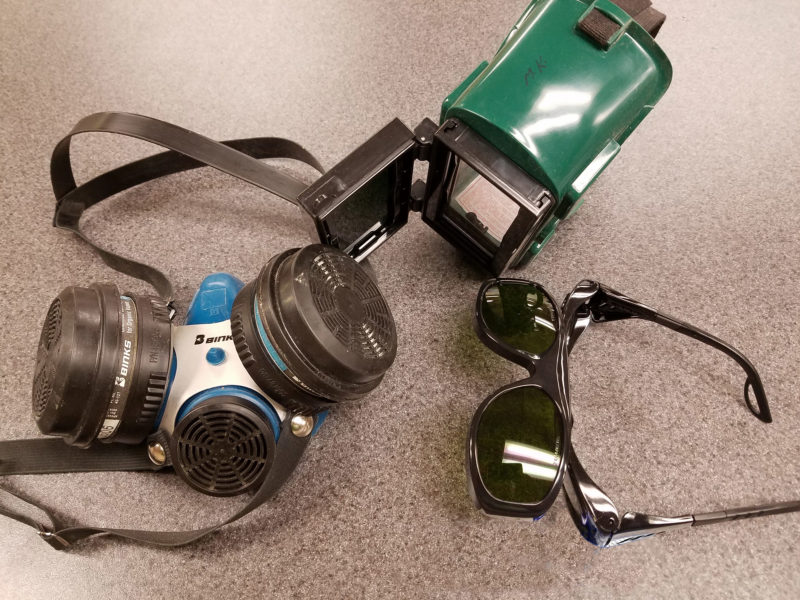
Join The Conversation
We welcome your comments about this article. To include a photo with your remarks, click Choose File below the Comment box.

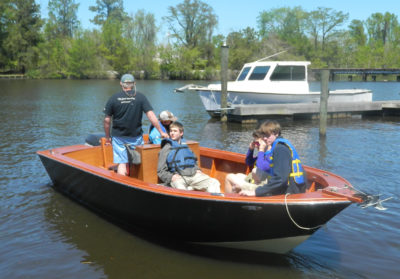


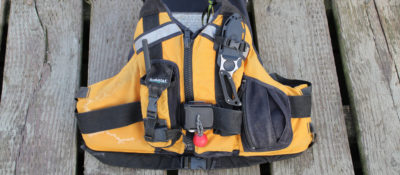


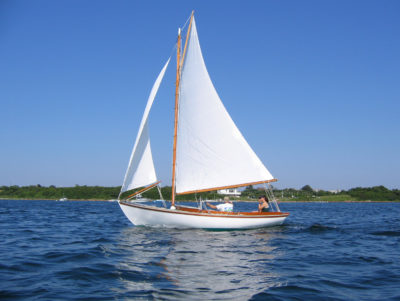



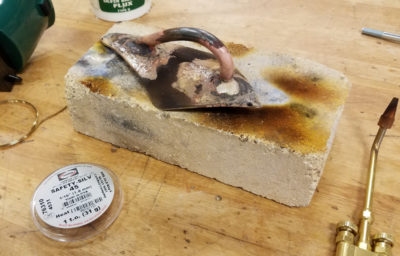
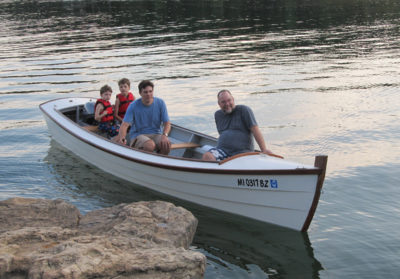
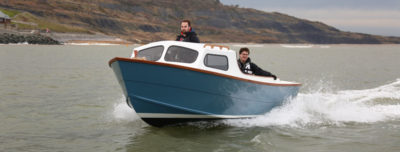


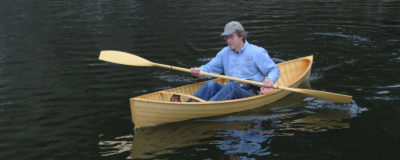





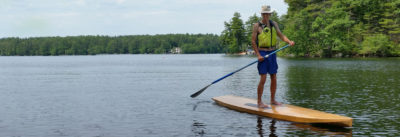
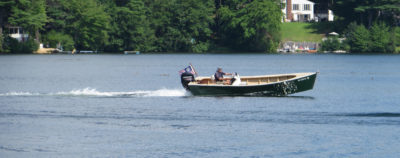
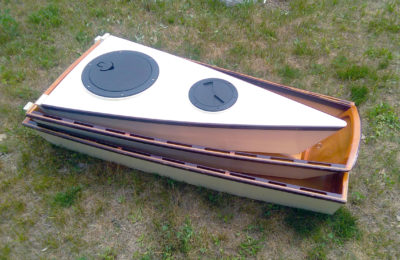
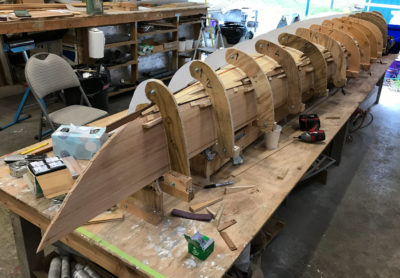
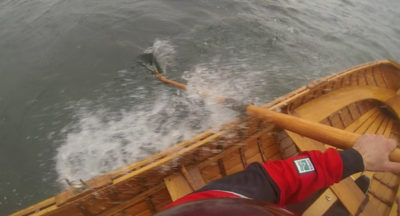
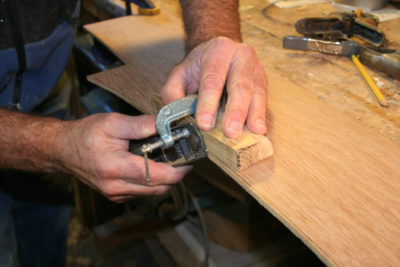
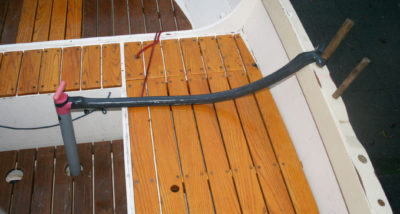
I know what you mean about drill flutes grabbing when drilling sheet metal. I’ve found that starting with a relatively small hole, then enlarging with a step drill works really well. The size of the hole to start with depends on the diameter of the step drills smallest step (starting end). Leaves a clean, perfectly round hole, and there’s no grabbing.
For readers who might be unsure why having a bit grab sheet metal is a problem, I can offer my first-hand experience. When the flutes grab, they can do so with surprising speed and force. If you are holding the sheet metal by hand, it will spin like a little lawn-mower blade and you won’t be able to get your fingers out of the way fast enough. Having learned my lesson the hard way, I always use pliers, vice grips, or a drill-press vice to keep from getting injured.
—Ed.
After using twist drills to drill a number of holes from 1 inch holes to 3/8 inch. I discovered using hole saws being a better way. They can’t be sharpened but certainly safer.
Long ago, an old friend told me that using a “damaged” drill bit—corners of the fluted wings knocked of with light hammer blows—is the solution for drilling bronze, brass, and copper. And clamping the piece of course!
Drilling in brass or other grabby materials is much safer if the lips of the drill bit are “backed off.” All that is needed is a small flat ground on the cutting lip of the bit so there is a zero rake on the edge. This prevents the bit from wanting to self-feed into or through the work. A little practice on the grinding will give the required safety factor. Once the bit is ground in this manner, don’t use it for steel without resharpening.
This, 100%. As hobby machinist who also loves boats, I can attest to how effective this is. You CAN buy dedicated drills for the purpose, but for one-offs, modifying regular drills is quite easy.
Nice article showcasing some very fine work! I’ll add to the drill-bit discussion that Richard Oliver’s comments above reflect what I was taught many long years ago, and that relieving the rake (to zero) of the cutting edge of twist drills causes them to “shear” rather than “bite.” This produces a nice clean hole in a range of non-ferrous metals without the grabbing. What is little known is that this also produces excellent results when drilling acrylic sheet (plexiglass). A little soapy water squirted on the bit while drilling, plus well-clamped material so that it doesn’t flex, will result in a very clean hole with polished sides.
I second Richard Oliver’s suggestion to back off the cutting lip. It turns a nightmare into a pleasant controllable experience, and it is easy to do. I did this to an old set of bits, which I now dedicate to non-ferrous drilling.